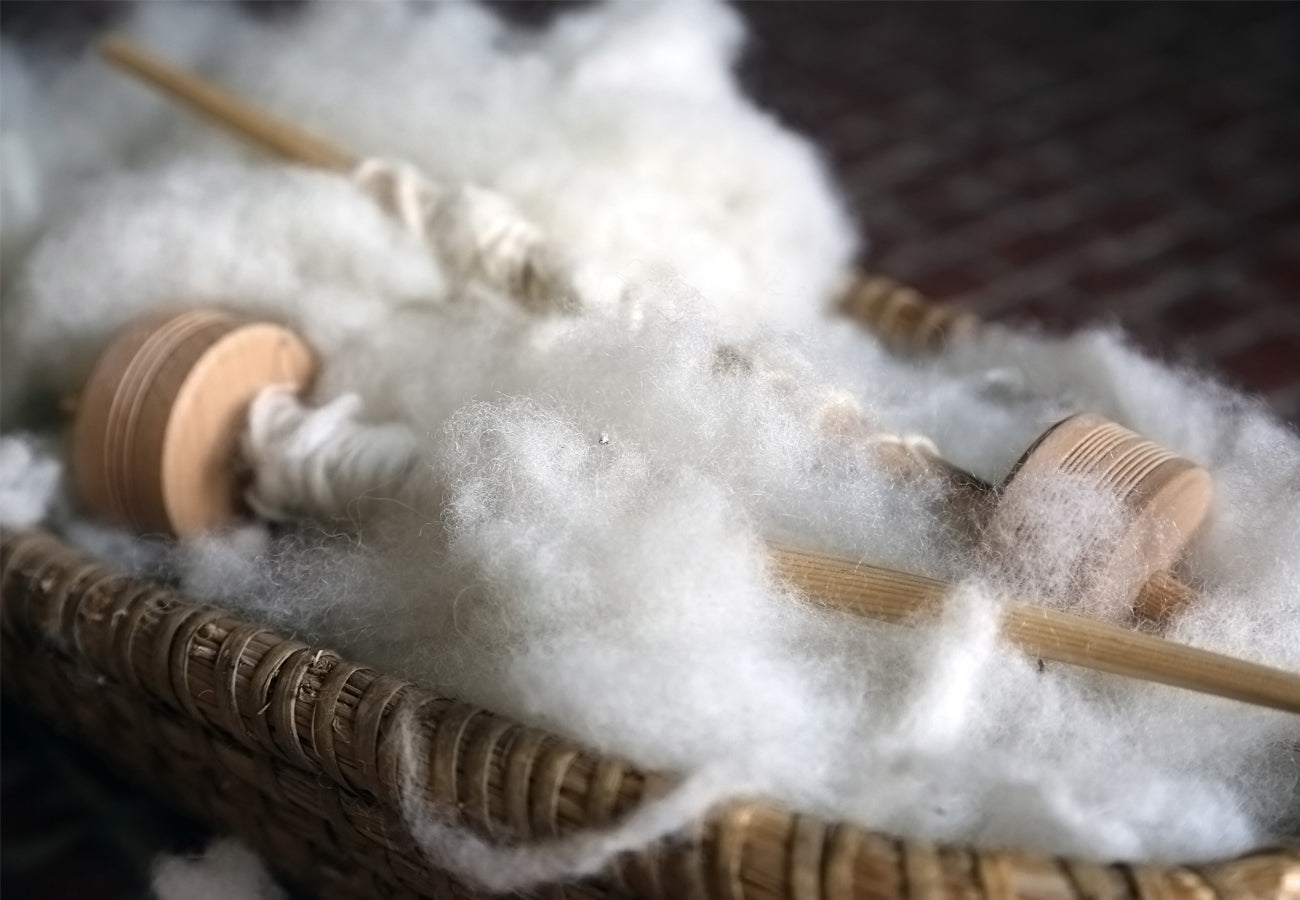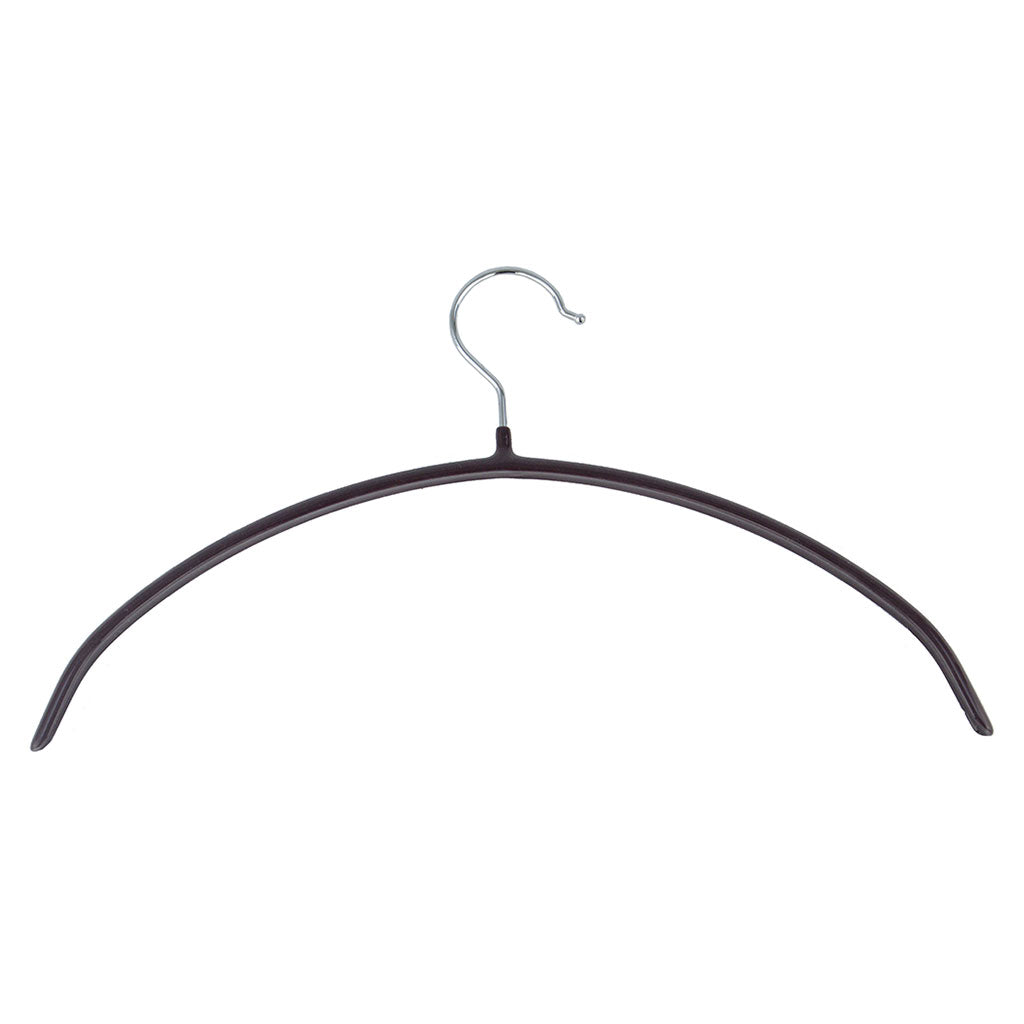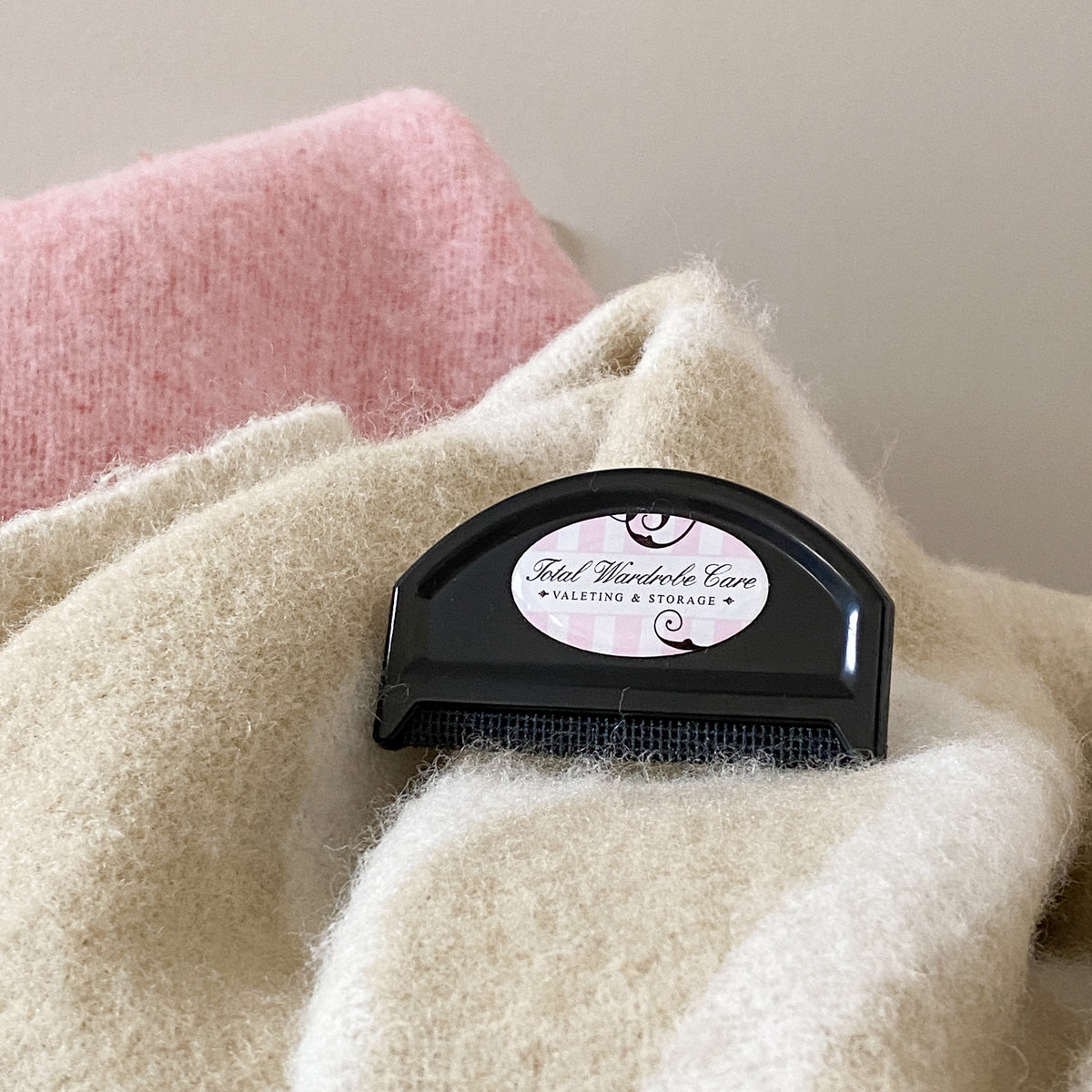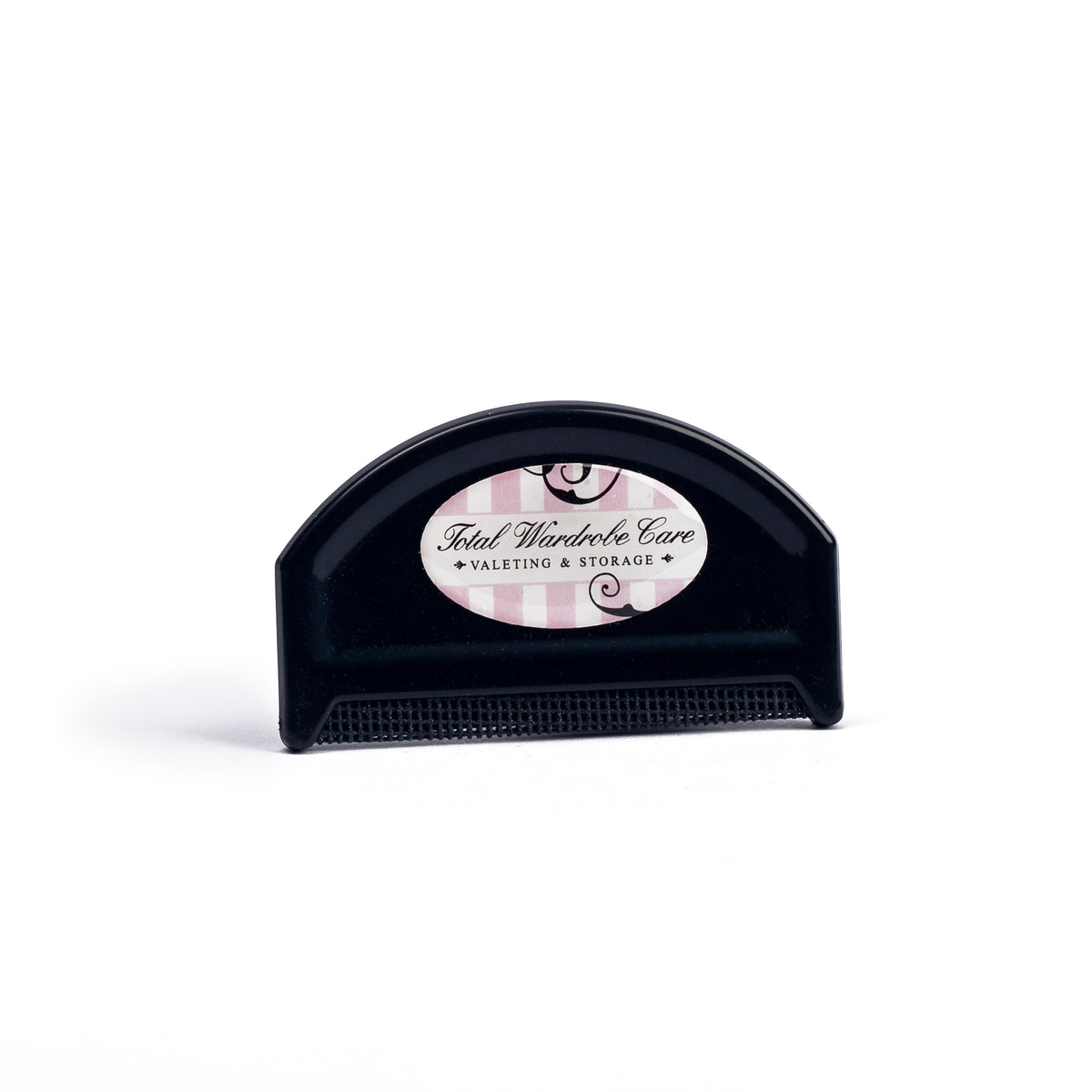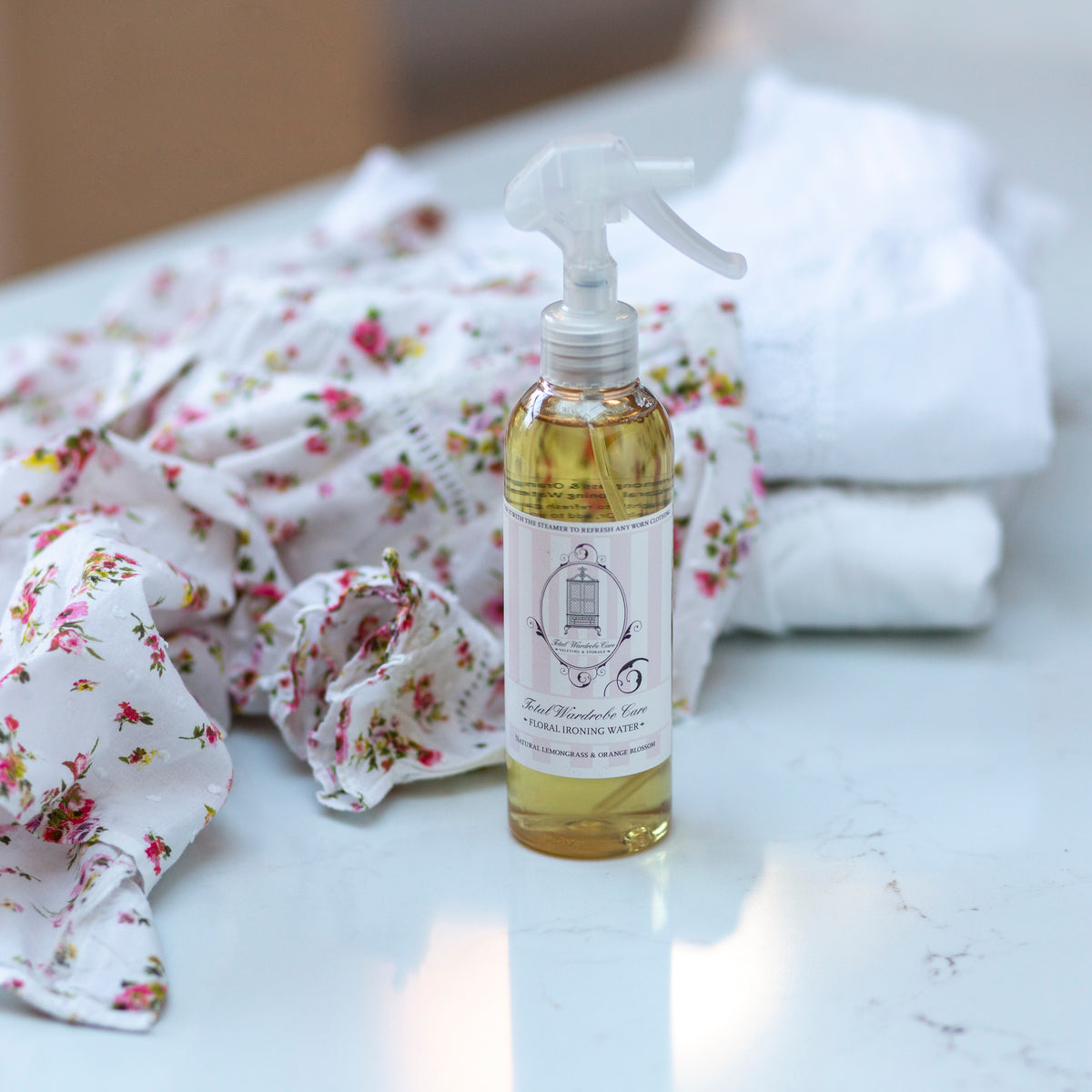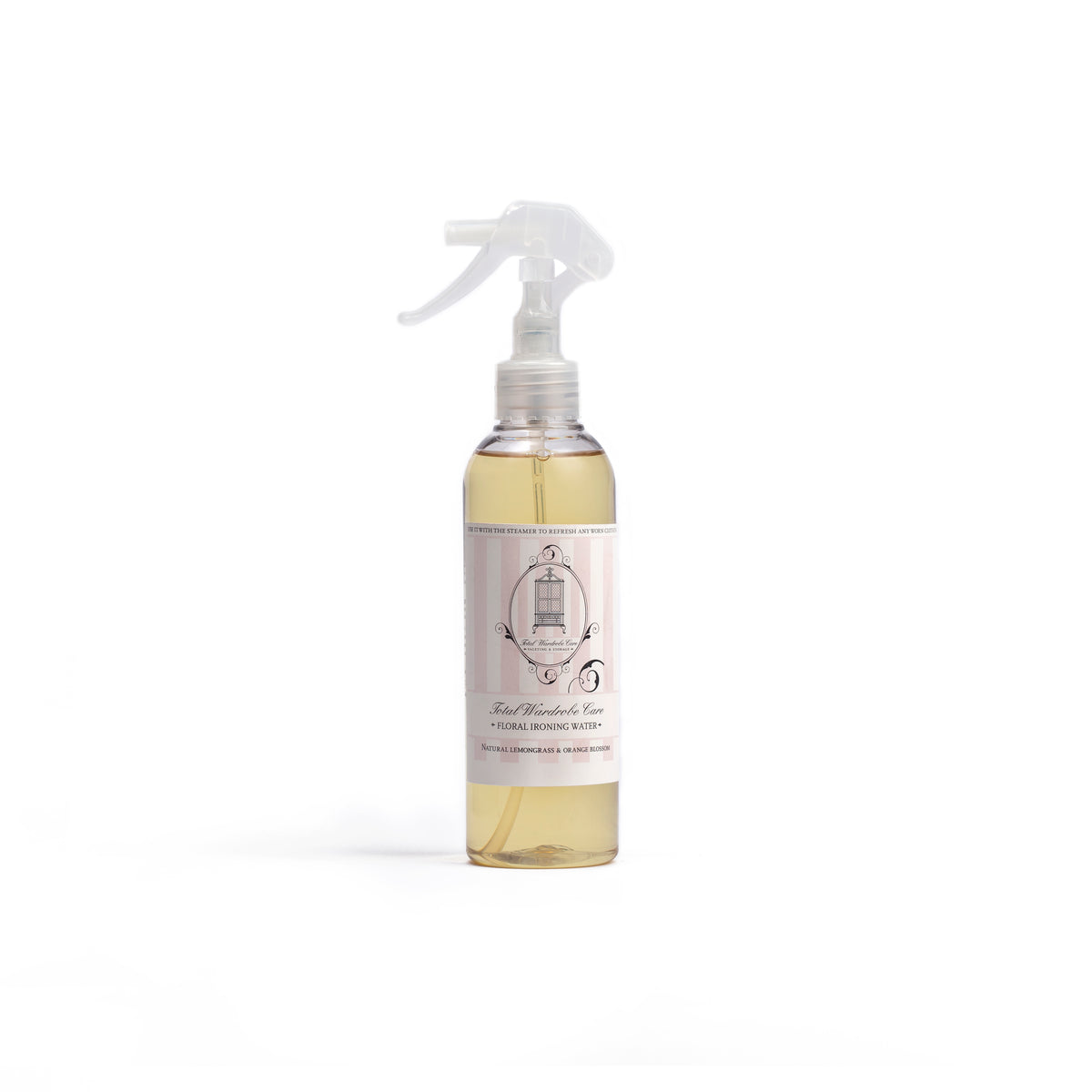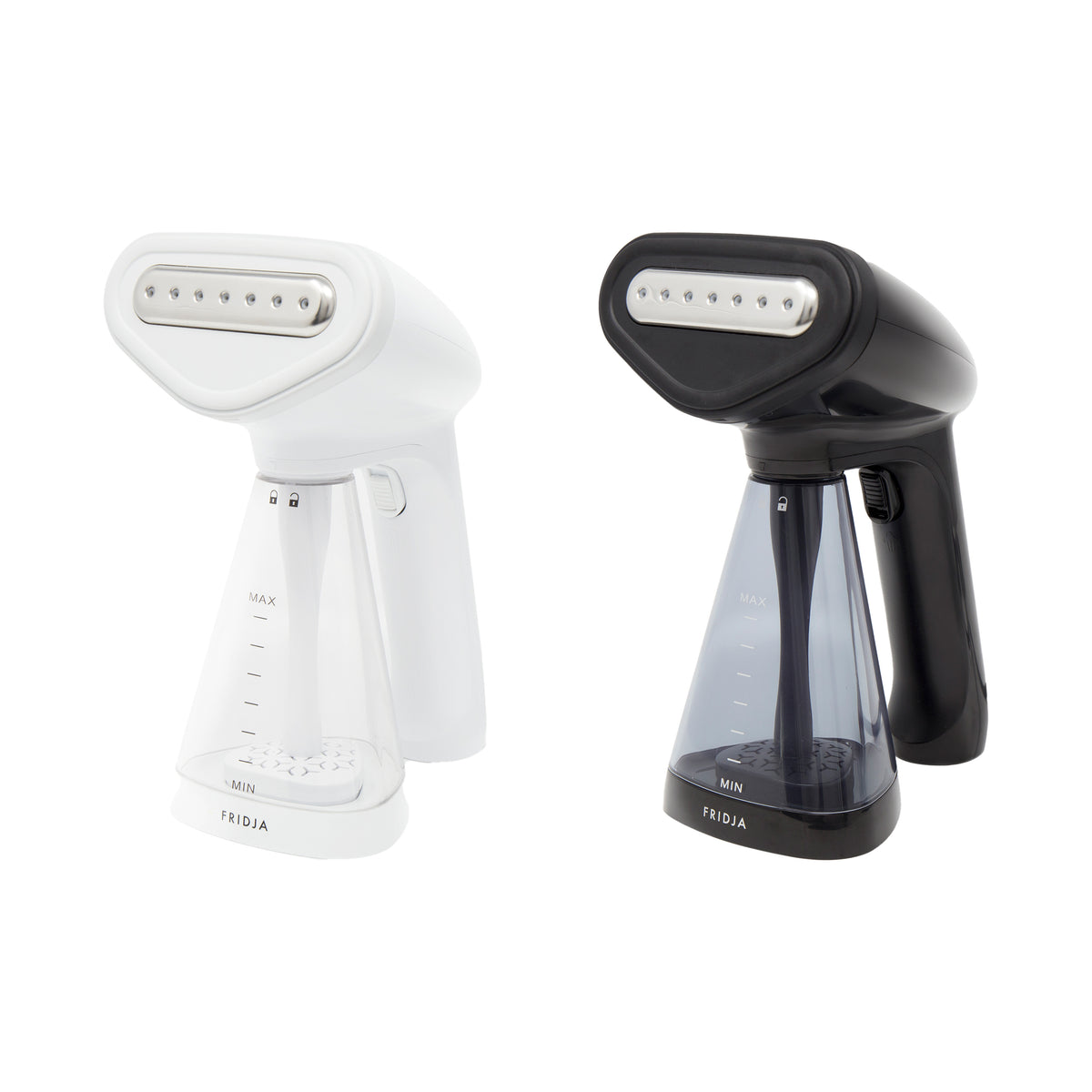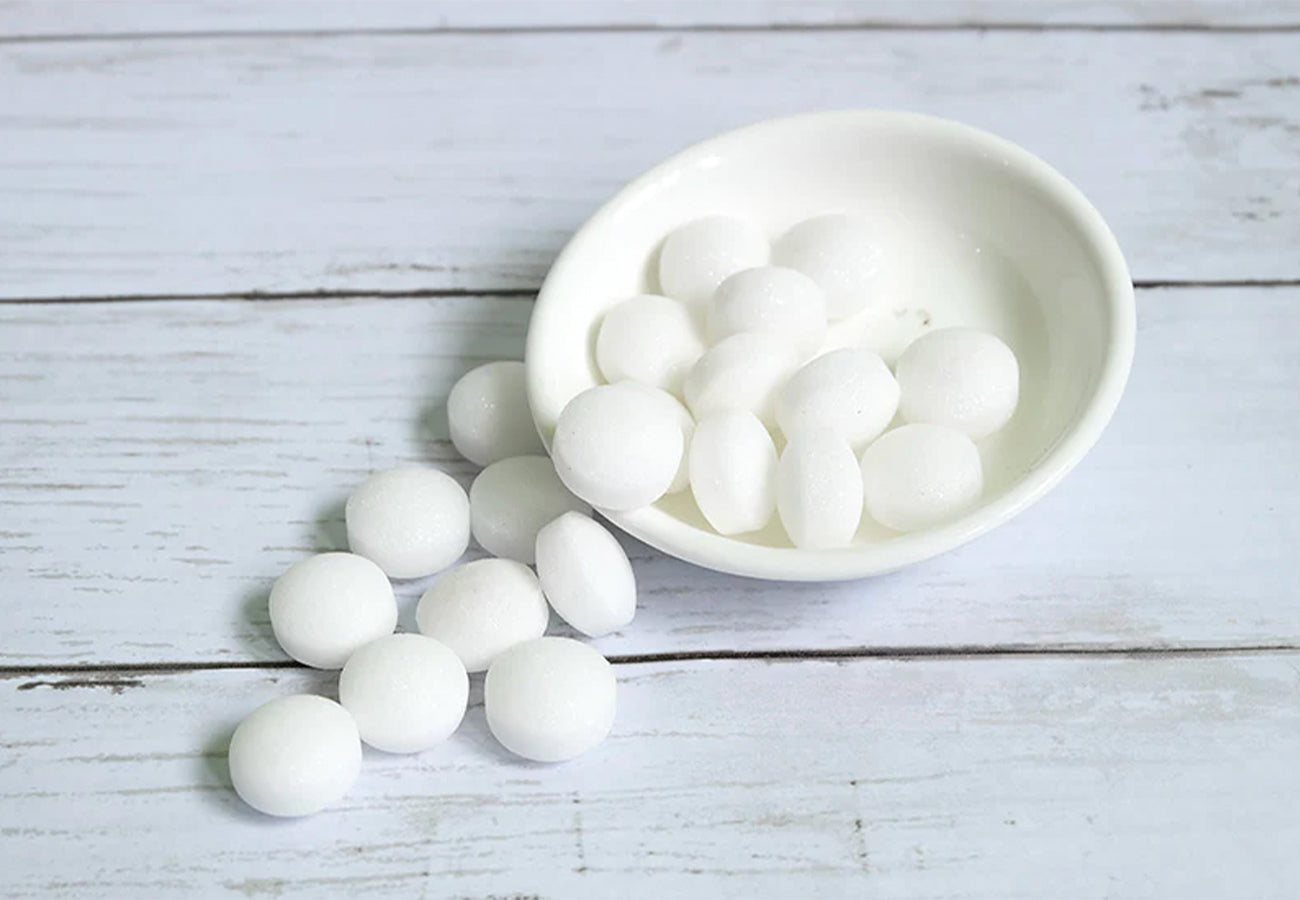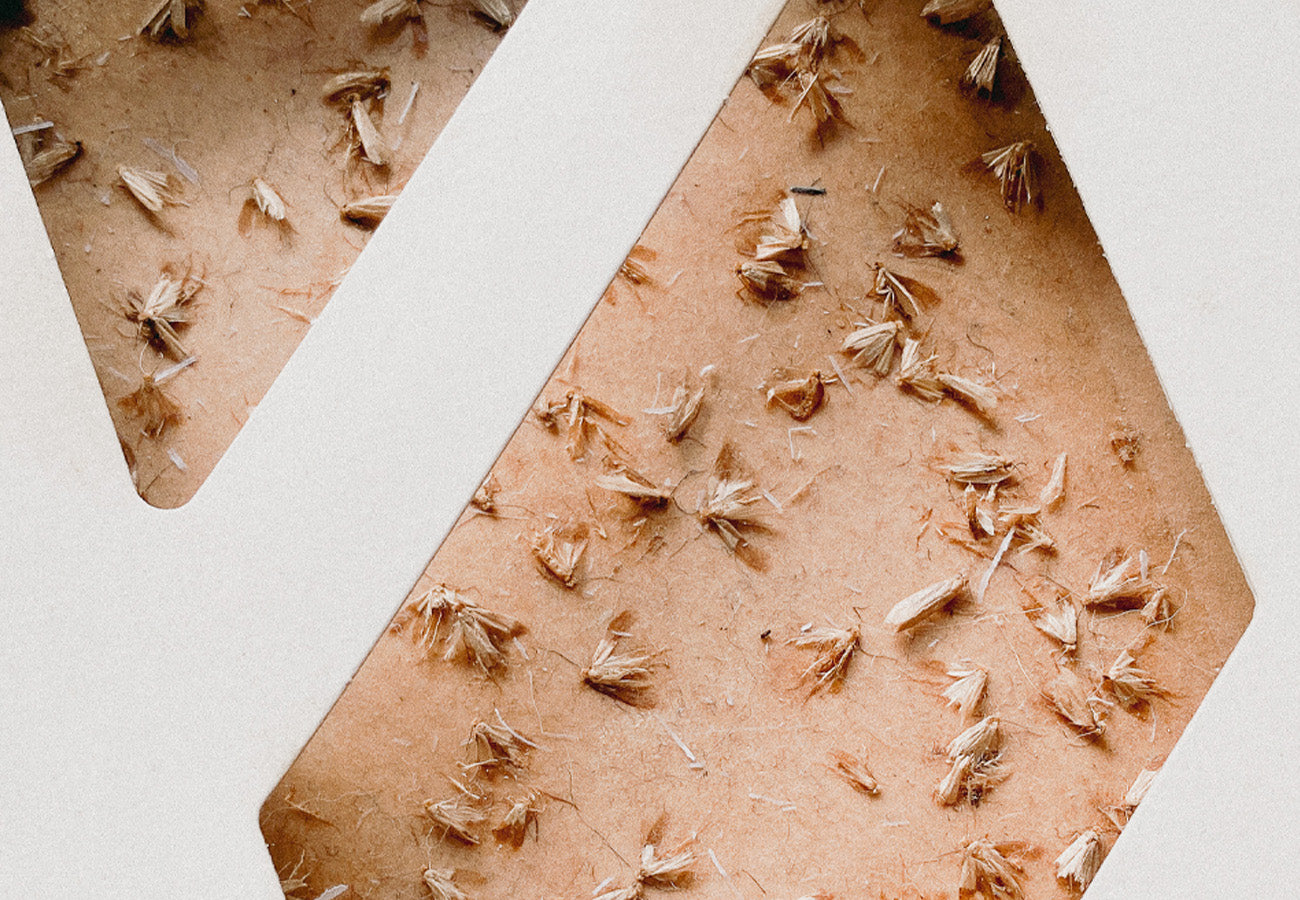WOOL MONTH DELIGHTS: DISCOVERING THE BEAUTY OF NATURAL FIBRES
The days are getting shorter, the temperatures are starting to drop, the leaves will soon be changing colours – Autumn is drawing in. It’s time to think about storing summer clothes and getting the cosy jumpers out of storage.
The Campaign For Wool, launched in 2010 aims to educate us about the benefits of wool. October is the month we celebrate the benefits of Wool.

WHAT ARE THE BENEFITS OF WOOL?
Wool is a natural fibre that offer several benefits over man-made materials, such as synthetic fabrics like polyester or acrylic.
Wool is 100% Natural and Sustainable. These fibres are renewable resources as they come from sheep, making them more environmentally friendly than synthetic alternatives. Additionally, they biodegrade naturally, reducing their impact on landfills.
Apart from the environmental benefits there are many other advantages of wool:
- Insulation: Wool is an excellent insulator, providing warmth in cold weather. They have a unique ability to trap air between the fibres, creating a layer of insulation that helps regulate body temperature and keep you warm.
- Breathability: These natural fibres are breathable, which means they allow moisture vapor to escape from your body while retaining warmth. This makes them comfortable to wear in various weather conditions and reduces the risk of overheating.
- Moisture-wicking: Wool has a natural ability to absorb moisture, up to 30% of its weight, without feeling damp. This moisture-wicking property helps keep you dry by drawing sweat away from your skin, making it an excellent choice for activewear and base layers – most people find Merino Wool perfect for base layers as its non-itchy and soft on the skin.
- Odour resistance: Wool has antimicrobial properties that inhibit the growth of odour-causing bacteria. This helps prevent unpleasant odours even after prolonged wear, making them ideal for items like socks and sweaters.
- Durability: Wool is known for their durability and longevity when properly cared for. They can withstand wear and tear, resist pilling, and maintain their shape over time.
- Allergy-Friendly: Wool is less likely to trigger allergies compared to synthetic materials, as they don't contain the same chemicals and irritants that some people may be sensitive to.

IS WOOL WORTH BUYING?
Whilst wool clearly has many advantages, some people can be put off by the cost and extra care needed to keep a wool garment looking great compared to buying a cheaper synthetic alternative.
Wool has become increasingly affordable and accessible, as numerous high street brands now incorporate wool into their clothing collections. It's no longer a fabric exclusively reserved for the affluent. With a growing awareness of environmental sustainability in our daily routines, wool is finding its place in many wardrobes as a staple material.
For those looking for natural, comfortable, and sustainable options, wool is popular choice and will look great for years.

CARING FOR WOOL
When cared for properly, your wool clothing will last years. Make sure you read the care label and follow those instructions.
As a natural fibre its important you don’t agitate the wool, if handwashing don’t wring your clothing instead remove excess water by wrapping in a towel.
We recommend you use our Natural Delicates Laundry Liquid. Soft on hands, soft on fabrics, with natural preservatives and added essential oils for natural moth deterrent.
Protect your woollens by storing them in our Knitwear Storage Bags, remembering to pop an anti-moth sachet in with them to act as a natural moth repellent.

UNWANTED WOOL
If you have any unwanted wool that has holes in or no longer fits you, you don’t have to throw it away. You can:
- Put it on your compost heap
- Put it in with your plants to keep them cosy throughout the winter to insulate them
- Donate to companies or organisations that re-use unwanted wool to make into new items

